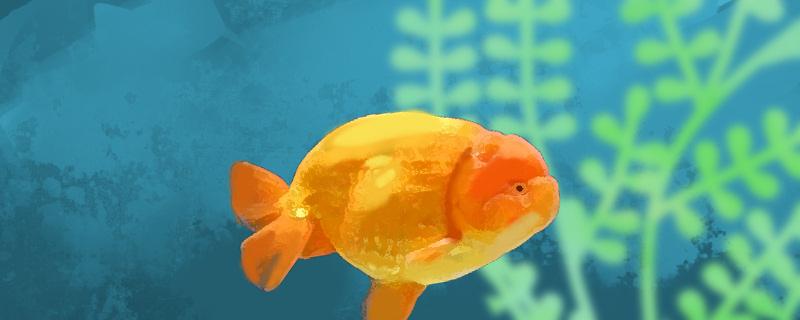 1. How to raise Lanshou goldfish
1. How to raise Lanshou goldfish 1. Water temperature: The difficulty of raising Lanshou goldfish is higher than other goldfish, so it is best to control the water temperature between 20-26 ℃ when raising them. In the process of feeding at ordinary times, we should pay attention to the temperature difference not exceeding 2 ℃.
2. Water quality: Lanshou goldfish have low requirements for water quality. They like weakly alkaline old water, and breeders can keep the PH value between 6.5 and 7.0. Usually, the amount of water change does not need to be too large, and the amount of water change each time can be controlled at one third of the total amount of water.
3. Feeding: Lanshou goldfish has a wide diet and is greedy. Breeders need a small amount of feeding for many times to make them grow better. Young Lanshou can be fed with animal feed as staple food and plant feed as complementary food, 3-4 times a day, and 60% full each time. As an adult, you can use synthetic feed as staple food and animal feed as supplementary food, and feed it 1-2 times a day, and feed it 5-60% full each time.
4. Illumination: Lanshou goldfish need to bask in the sun frequently in the process of feeding, so as to make their body color more bright and effectively promote their start.
2. How to change water for Lanshou goldfishLanshou goldfish needs to be exposed to the sun for 2-3 days before changing water, which can effectively remove chlorine from water and avoid affecting their health. The amount of water to change should not be too much, and it should be controlled at one third of the total amount of water. The temperature difference between new water and old water should not be too large when changing water.